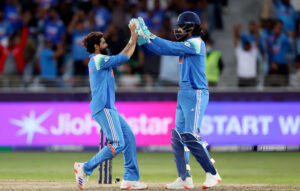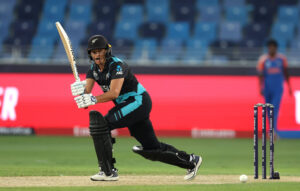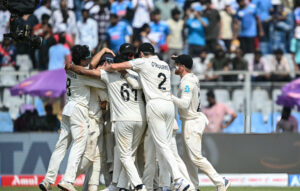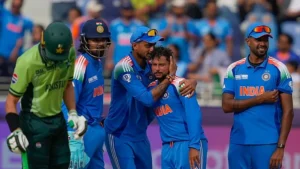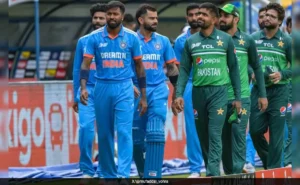Why Powerplays Decide T20 Matches
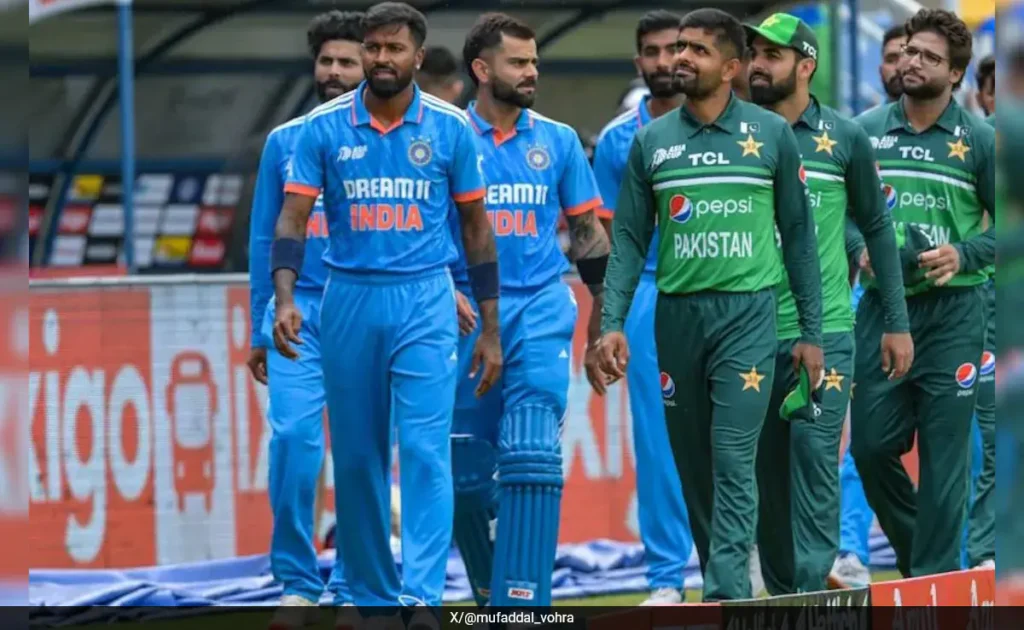
In T20 cricket, every ball counts, but none more so than the powerplay overs—the first six overs of the innings. These overs are often the most crucial phase of the match, setting the tone for the innings, influencing run rates, and determining the momentum of the game. Teams that capitalize on powerplays can dominate, while those who falter often find themselves chasing or defending under pressure.
In this blog, we explore why powerplays are decisive in T20 cricket, backed by examples from the IPL and international tournaments, along with insights on strategies and records.
1. What Are Powerplay Overs in T20 Cricket?
The powerplay is a pre-defined phase at the start of a T20 innings where fielding restrictions apply:
- Duration: First 6 overs of the innings.
- Fielding Restriction: Only 2 fielders are allowed outside the 30-yard circle.
- Objective: Encourage aggressive batting while giving bowlers a tactical challenge.
During these overs, opening batsmen have a unique opportunity to score quickly, while bowlers aim to take early wickets to disrupt the batting side’s momentum.
2. Importance of Powerplays
Powerplays are decisive for several reasons:
a) Establishing Momentum
A strong start can set the tone for the entire innings. Openers who score freely put pressure on the bowlers, forcing the fielding captain to rethink strategies and rotate bowlers earlier than planned.
For example, in IPL 2016, Virat Kohli & AB de Villiers for RCB scored a massive 171 runs in the first six overs, creating dominance that carried through the innings.
b) Psychological Advantage
Early wickets can shake the batting team’s confidence. Conversely, a solid opening partnership boosts the morale of the team and puts bowlers under stress. Momentum gained in the first six overs often lasts throughout the innings, influencing both batting and fielding strategies.
c) Influence on Run Rate
T20 matches are all about run rates. Teams scoring aggressively during powerplay overs:
- Reach high totals with fewer risks later in the innings.
- Maintain flexibility in the middle and death overs.
- Force opposing teams to take risks while chasing, often leading to mistakes.
3. Powerplay Batting Strategies
Teams employ specific strategies to maximize powerplay impact:
a) Aggressive yet Calculated Shots
Batsmen look to hit boundaries while avoiding risky shots that may result in early dismissals. Common tactics include:
- Targeting Gaps: Playing along the ground or lofted shots where fielders are absent.
- Shot Innovation: Reverse sweeps, ramps, and switch hits maximize scoring against limited fielders.
b) Partnership Approach
Successful powerplays rely on complementary partnerships:
- One batsman anchors the innings with careful shot selection.
- The other takes calculated risks to maintain a high scoring rate.
Partnerships like David Warner & Jonny Bairstow for SRH demonstrate how openers can balance aggression with stability.
c) Smart Running Between Wickets
Quick singles and doubles maintain momentum and scoreboard pressure, forcing fielders to misfield and create scoring opportunities.
4. Powerplay Bowling Strategies
Bowlers also play a key role in deciding powerplays:
- Line and Length Discipline: Minimize gaps to restrict scoring.
- Variations: Mix slower balls, cutters, and yorkers to surprise aggressive batsmen.
- Targeted Attacks: Bowlers plan deliveries based on batsmen weaknesses and data analytics.
Bowlers like Jasprit Bumrah, Trent Boult, and Rashid Khan consistently dominate early overs, preventing explosive starts and taking crucial wickets.
5. Case Studies from IPL
a) RCB Dominance (2016)
- Openers: Virat Kohli & AB de Villiers
- Score in Powerplay: 171 runs in 6 overs
- Impact: Put opposition on the back foot, ensuring a massive total.
b) SRH Aggression (2020)
- Openers: David Warner & Jonny Bairstow
- Score in Powerplay: 124 runs in 6 overs
- Impact: Established momentum, allowing middle-order batsmen to play freely.
These examples show that teams dominating powerplays often dominate matches.
6. Statistical Evidence
- Teams scoring 50+ in the first 6 overs have a significantly higher chance of winning T20 matches.
- Early wickets reduce scoring rates by 20–30% in middle overs, affecting overall totals.
- IPL statistics consistently show that powerplay performance correlates strongly with match outcomes, emphasizing its importance.
7. Why Powerplays Decide Matches
Powerplays influence T20 outcomes in multiple ways:
- Score Advantage: Aggressive starts allow teams to set or chase big totals.
- Psychological Pressure: Teams under pressure early often make mistakes.
- Flexible Strategy: Strong starts allow teams to play aggressively in later overs without fear of collapse.
- Match Momentum: Early dominance often dictates fielding and batting strategies throughout the innings.
In essence, powerplays are the foundation of T20 strategy, and controlling them often decides matches.
Conclusion
Powerplays are the heartbeat of T20 cricket, shaping runs, wickets, and match momentum. Teams that excel in these six overs, through smart batting, disciplined bowling, and tactical partnerships, gain a crucial edge over their opponents.
From the explosive partnerships of Kohli & de Villiers to the disciplined bowling of Bumrah and Rashid Khan, powerplays have repeatedly proven to decide matches in the IPL and international T20 tournaments.
For players, captains, and fans, understanding the dynamics of powerplays is essential, because in T20 cricket, the first six overs often determine the final outcome.
